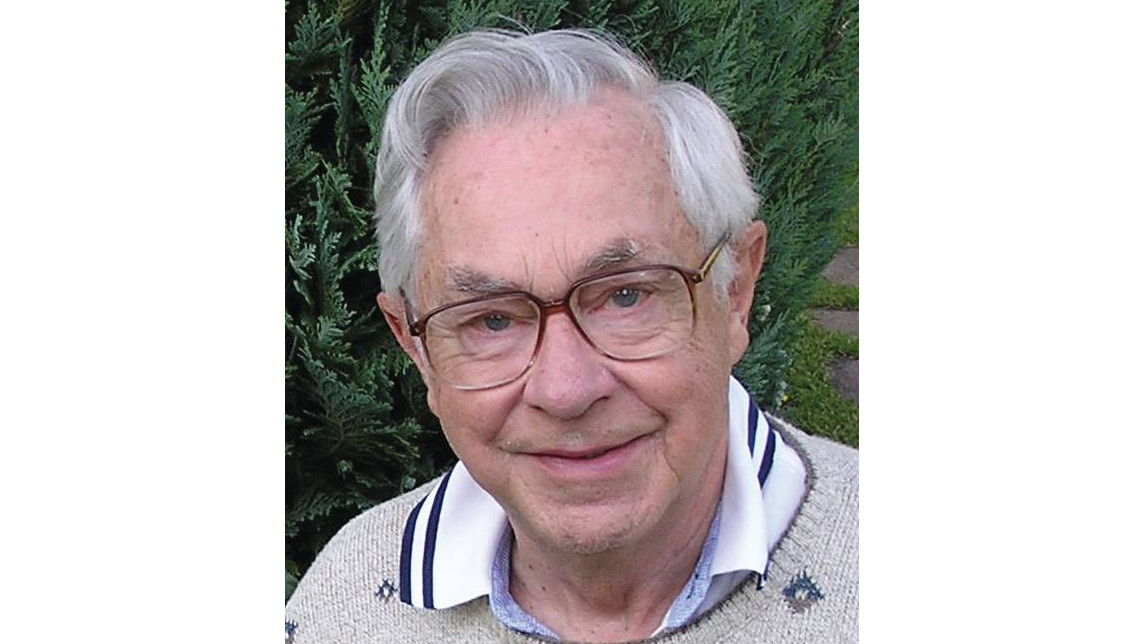Remembering an 'Extraordinary Scientist'
Throughout the 35-year history of this magazine, there have been numerous contributors who have put the “technology” into TV Technology. Perhaps no other writer exemplified this fact than Charles W. Rhodes.
“Charlie,” as he was known to friends and colleagues, passed away on March 20 from complications after a fall in his home. He was 88. When the news hit, the tributes came forth. Calling him one of “television’s great engineers,” the NAB said that “Charlie had a tremendous role in leading the transition from the analog system of the 1950s to the digital television system we know today.”

Mark Aitken, vice president advanced technology for the Sinclair Broadcast Group and recipient of this year’s NAB Television Engineering Excellence Award (which Charlie received in 1996), said, “the industry just lost one of its greatest friends and valiant warriors. Charlie was a friend and a mentor.”
[Read: Charlie Rhodes' "Digital TV" columns]
For more than 30 years, Charlie wrote about, analyzed and offered his keen insight into the broadcast television engineering issues of the day in the pages of TV Technology. His first article for the magazine appeared in August 1985 on the European MAC standard. During his time with TV Technology, he covered the entire course of the digital TV transition from its beginnings all the way to interference issues resulting from the current channel repack. He was truly an “engineer’s engineer” and his influence on the television industry was felt from the local station all the way to the halls of the FCC.
Charlie got his start at Tektronix where he was responsible for numerous products including the RFA 300 8VSB measurement set. In 1987, he was hired as the Chief Scientist by the board of the newly formed Advanced Television Test Center and this is perhaps where he made his biggest impact on our industry.
Peter Fannon, former president of the ATTC and recently retired from Panasonic, called Charlie an “extraordinary scientist and just the right one at an extraordinary time, helping write the future of television and speeding the onset of the digital communications age.”
Fannon remembered how Charlie’s influence extended worldwide. “When visiting equipment vendors and development labs in Japan and China before the ACATS testing had begun, he was treated as a ‘rock star’ by scores of TV and RF engineers in those countries, most of whom had watched and learned from Charlie on a series of instructional tapes about TV test and measurement tools and techniques,” Fannon said. “Some of the asked him to autograph their treasured copies.”
Fannon said that Charlie’s tests were rarely ever wrong, but that he was “old school in his approach, rigorously probing any and all areas of uncertainty—yet totally open-minded to new information and so always ready to recognize and accept it.”
Charlie’s work over the years was deservedly recognized, with a Technical Emmy for his efforts in developing vertical interval test signals as well as the SMPTE David Sarnoff Award in 1992.
Charlie never really retired, conducting interference tests in his lab in Washington state and reporting on his results in the pages of TV Technology right up until last year. Last November, he notified me of his decision to end his column.
“At the end of 30 years writing for TV Technology, I have decided not to continue writing. One reason is that for the next three years, I believe that there will be very little to report to broadcasters. Furthermore after July 2020 when all stations will be settled in new channels, whatever interference is discovered, there will be nothing to be done about it that I have not already covered.”
That was typical of him—testing and analyzing right up until his final days.
Farewell, Charlie. TV Technology is immensely proud to have given you the opportunity to share your engineering genius with the television industry for so many years.
Get the TV Tech Newsletter
The professional video industry's #1 source for news, trends and product and tech information. Sign up below.
Tom has covered the broadcast technology market for the past 25 years, including three years handling member communications for the National Association of Broadcasters followed by a year as editor of Video Technology News and DTV Business executive newsletters for Phillips Publishing. In 1999 he launched digitalbroadcasting.com for internet B2B portal Verticalnet. He is also a charter member of the CTA's Academy of Digital TV Pioneers. Since 2001, he has been editor-in-chief of TV Tech (www.tvtech.com), the leading source of news and information on broadcast and related media technology and is a frequent contributor and moderator to the brand’s Tech Leadership events.

